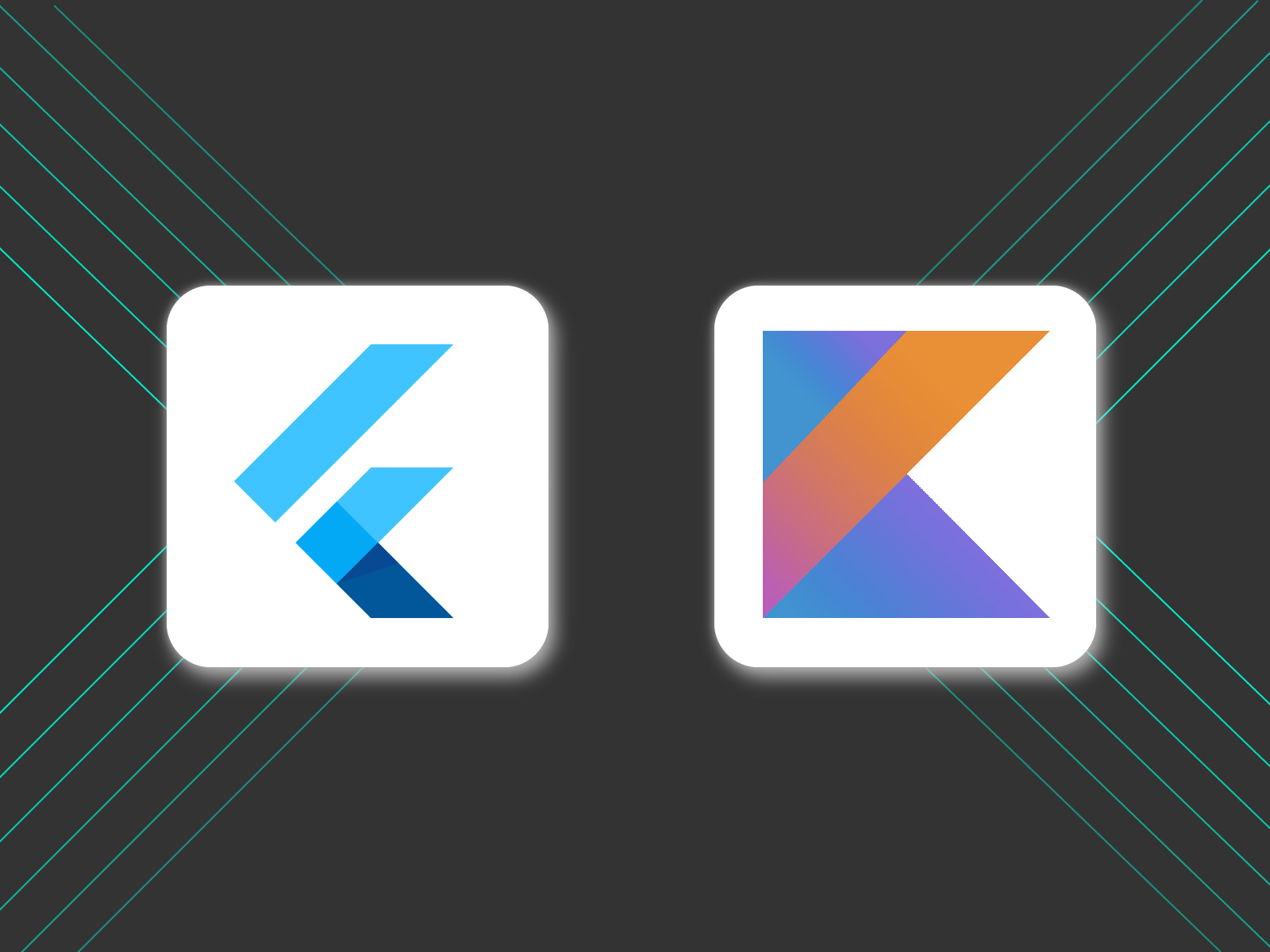Join our newsletter



When it comes to cross-platform app development, two popular options that come to mind are Flutter and Kotlin. Both are open-source frameworks that allow you to build high-performance apps for multiple platforms with a single codebase.
But, which one is the ideal choice for your next project? Let's take a closer look and find out.
Flutter, developed by Google, is a UI toolkit that allows you to build beautiful and responsive apps for mobile, web, and desktop. It's based on the Dart programming language and uses a reactive programming model, which makes it easy to create smooth animations and transitions. Flutter also has a fast development cycle, with the "hot reload" feature allowing you to see changes in real time.
Kotlin, on the other hand, is a programming language developed by JetBrains. It's fully interoperable with Java and can be used to build apps for Android, iOS, and the web using the same codebase. Kotlin is known for its concise and expressive syntax, which makes it easy to read and write. It also has built-in null safety, which can help prevent common programming errors.
Both Flutter and Kotlin have their own unique strengths and can be used to build high-quality cross-platform apps. If you're looking for a framework that offers a rich set of pre-designed widgets and a fast development cycle, Flutter might be the ideal choice for you. However, if you're looking for a language that offers a more expressive and concise syntax, as well as null safety features, Kotlin might be the way to go.
In conclusion, both Flutter and Kotlin are great options for cross-platform app development. It ultimately comes down to the specific requirements of your project and your personal preference as a developer. But, whether you choose to Flutter or Kotlin, you can be sure that you'll be able to build high-performance apps that look and feel great.